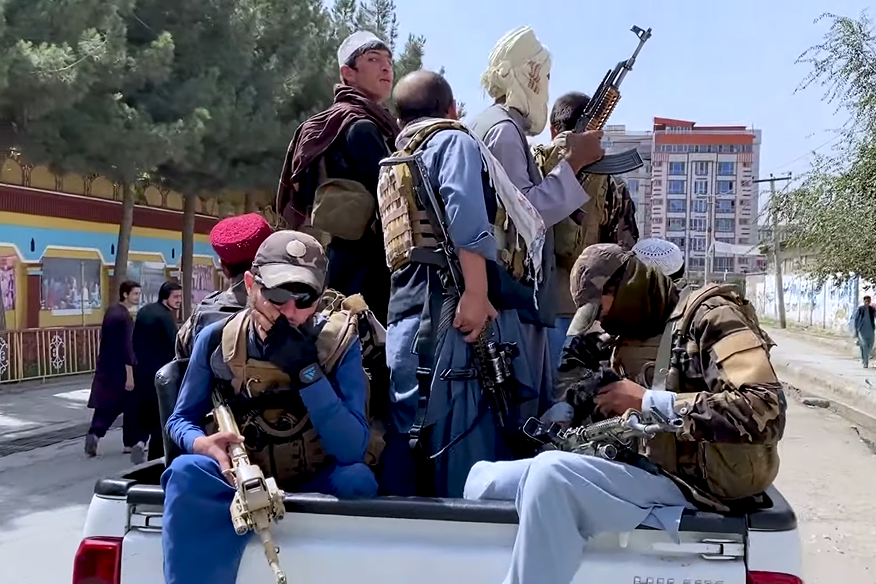In August 2021, Taliban forces marched into Kabul, Afghanistan almost exactly 20 years after U.S. troops had driven them out. While this has been perceived as a stunning defeat for the United States, this month historian Robert Crews gives us a primer on the victors. He details who the Taliban are, where they came from, and how they survived and changed during the 20-year occupation of Afghanistan.
Who are the Taliban? The question has confounded international society for more than a quarter century. Their stunning victory in August 2021 over American and allied forces—arguably the most powerful military coalition in modern history—has deepened the mystery. Over the past twenty years in Afghanistan, the Taliban fought this alliance to a standstill in a grinding guerilla war.
They did so without satellites, air power, or heavy artillery. Armed with light weapons and radios, they moved stealthily across demanding terrain on motorcycles and trucks in hit-and-run operations. Taliban scouts improvised explosive devices along supply routes. And despite claims that U.S. operations killed tens of thousands of Taliban, the insurgents replenished their ranks. They even recruited a steady stream of young men willing to kill themselves and others in suicide missions.
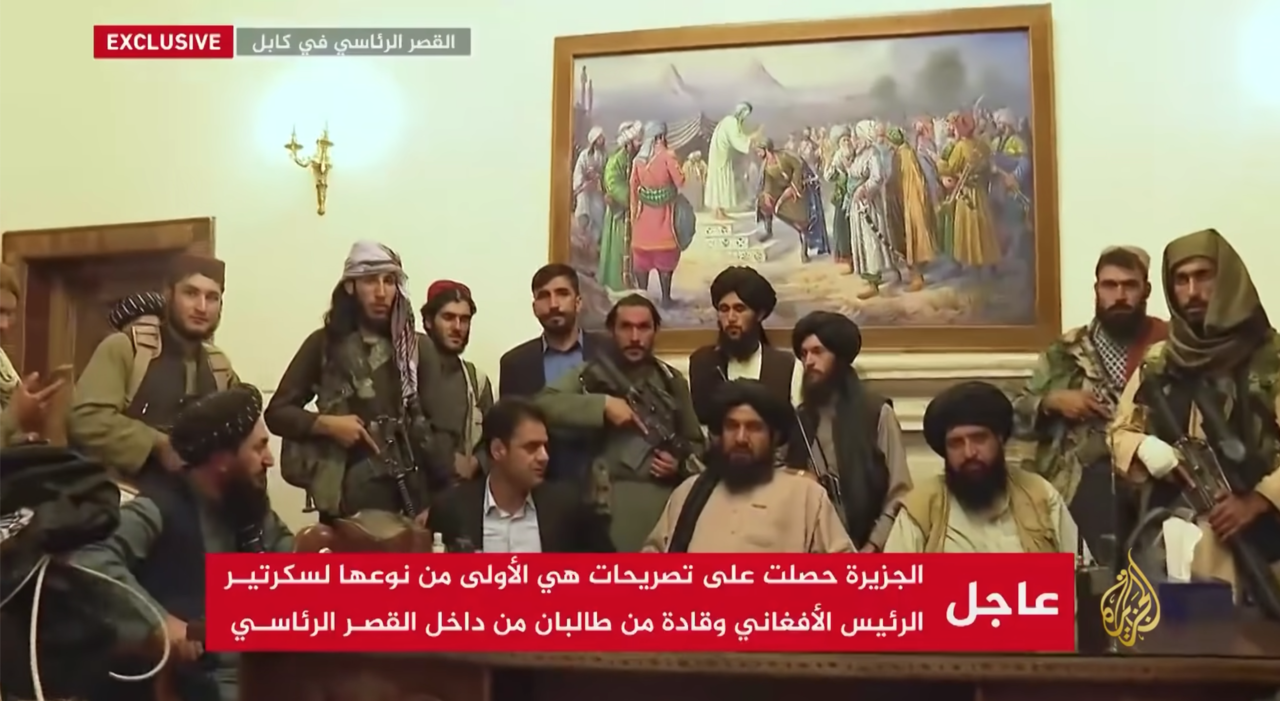
Having demonstrated their skill as insurgents, the Taliban now confront the challenge of governing this complex country and establishing a stable government. Since the withdrawal of all American and military and diplomatic personnel in August, the Taliban have struggled to establish the Islamic Emirate of Afghanistan, their version of a state ruled by Islamic religious scholars interpreting and applying sacred law (shari‘a).
They face an economic and fiscal crisis, as well as drought, a pandemic, and mass starvation. The Taliban have sought to reassure Afghans and the international community that they have the answers to manage Afghanistan’s many problems and save the country from further catastrophe.
But how to respond to the Taliban takeover has divided Afghan and global opinion. A closer look at where the Taliban came from, how they have evolved, how they achieved victory, and what they want today may offer a clearer view of the Taliban challenge for the international community and what we might expect next in Afghanistan and the surrounding region.
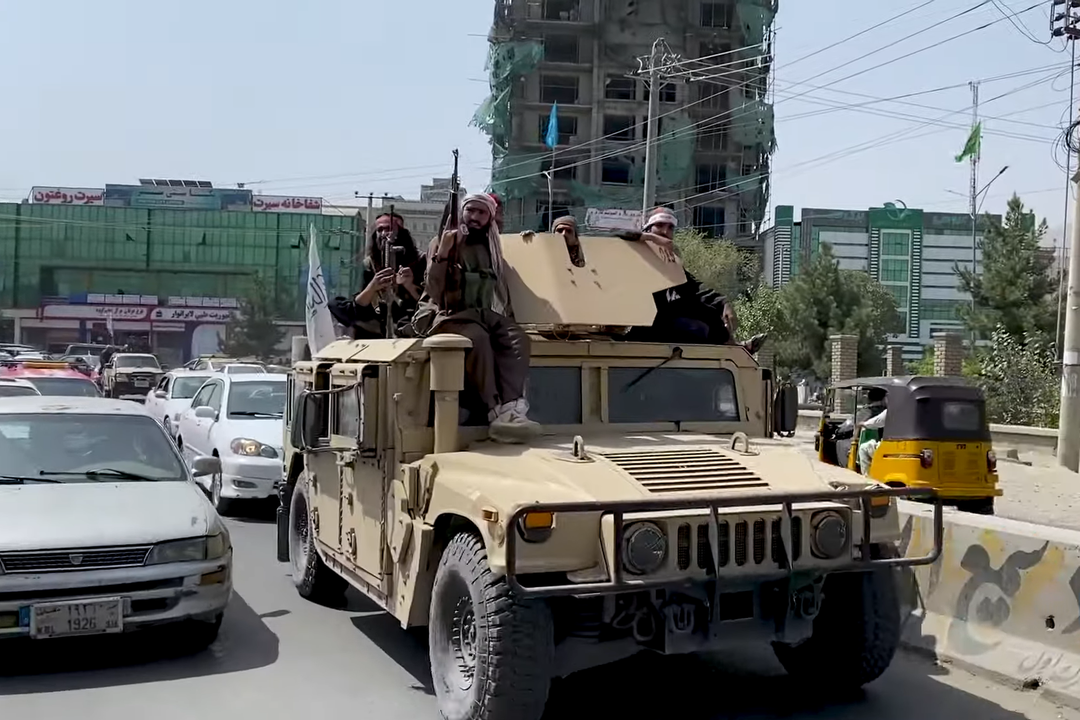
The Burden of Sacrifice
Since its appearance in 1994, the Taliban movement has earned a reputation for violence. Renowned as formidable fighters who have mastered the art of guerrilla warfare in rural and mountainous terrain, one strand of the movement also developed a sophisticated ability to launch so-called “complex attacks” in urban environments that deploy a cadre of suicide bombers to lethal effect.
At the same time, the Taliban are committed to everyday and intimate forms of violence. Their foot soldiers have asserted the right to assault men and women whom they deem to have engaged in “sinful” behavior. Doing so, they claim, fulfills an injunction found in the Quran to “command good and forbid evil,” an interpretation that most non-Taliban scholars contest.
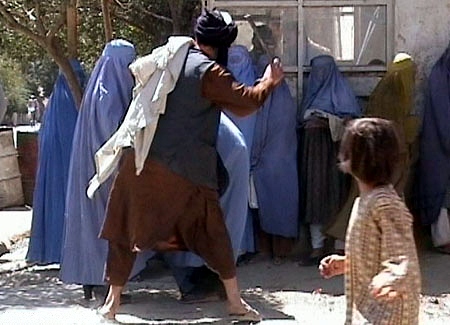
Wearing a hairstyle or beard to which the Taliban object, not attending mosque prayers, not wearing the appropriate veil, watching movies, listening to music, and making jokes have all been cause for Taliban militants to abuse and even murder Afghan men and women.
Enforcing an understanding of Islamic law that is idiosyncratic and excessively punitive in the eyes of most other Islamic authorities, the Taliban have presided over stonings, hangings, and amputations. Public implementation of these punishments has been central to their assertion of political authority.
The Taliban rely upon this reputation for extreme forms of violence to advance their aims. What is less appreciated is that the Taliban simultaneously see themselves as long-suffering victims. This self-image of righteous victimhood was forged during a pivotal moment of Afghan history, the anti-Soviet jihad.
A leftist coup in April 1978, known as the Saur Revolution, ignited a civil war in Afghanistan that has endured through various transmutations to the present. Militias soon formed to challenge the leftist People's Democratic Party of Afghanistan (PDPA) that took power by overthrowing then-President Mohammed Daoud Khan.
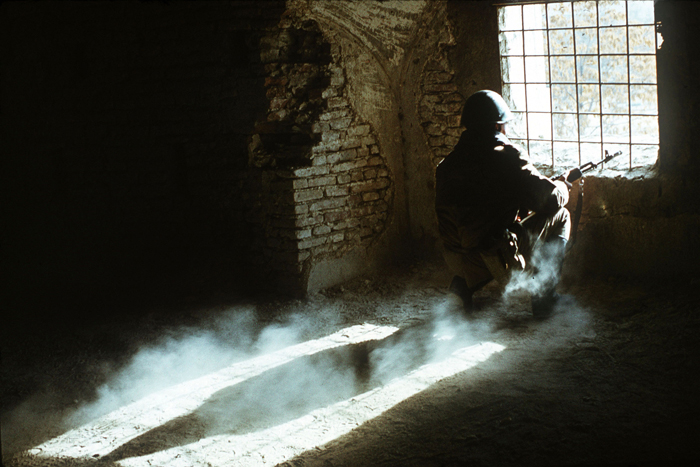
When PDPA revolutionaries appeared to falter, the Soviet Union invaded in December 1979 to support them. However, the arrival of the Red Army and its brutal attacks on civilians ignited further opposition. Opponents sought refuge in neighboring Iran and Pakistan. More than six million Afghans became refugees.
The Cold War context meant that this would not remain a local matter. From mid-1979, the U.S. and its allies aided the resistance fighters. Although groups opposed to the Soviet-backed government expressed a range of ideological positions, those who saw the conflict as a struggle for Islam, or jihad, enjoyed several advantages.
Some of the jihadist militants, or mujahideen, had actively opposed the monarchy during the 1960s and early 1970s, and they drew inspiration from radicals in Egypt, Pakistan, and Iran. They believed that Islam was a total program of political action that would lead to a more just future than what was on offer in Moscow or Washington.
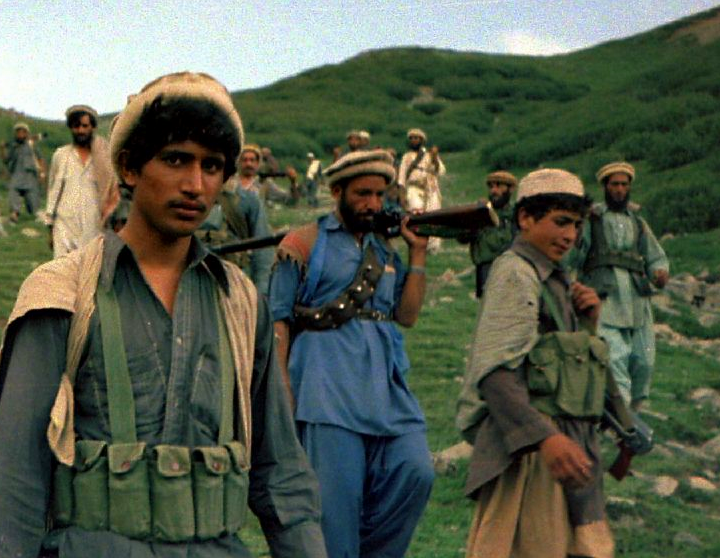
The mujahideen dreamed of a government based on the sovereignty of God and were convinced that violence was essential to its realization.
Paradoxically, this radical vision dovetailed with the Reagan administration’s confidence that the Soviet “evil empire” could be defeated by religion, whether Catholicism in Poland or jihadism in Afghanistan. Still reeling from defeat in Viet Nam, American officials were keen to support groups who could deliver the most lethal blow to Soviet forces.
Funded by the United States, Saudi Arabia, Egypt, and others, as well as by the opium trade, the mujahideen bloodied the Soviets. Their success played a major role in convincing Soviet leader Mikhail Gorbachev to withdraw in 1989.
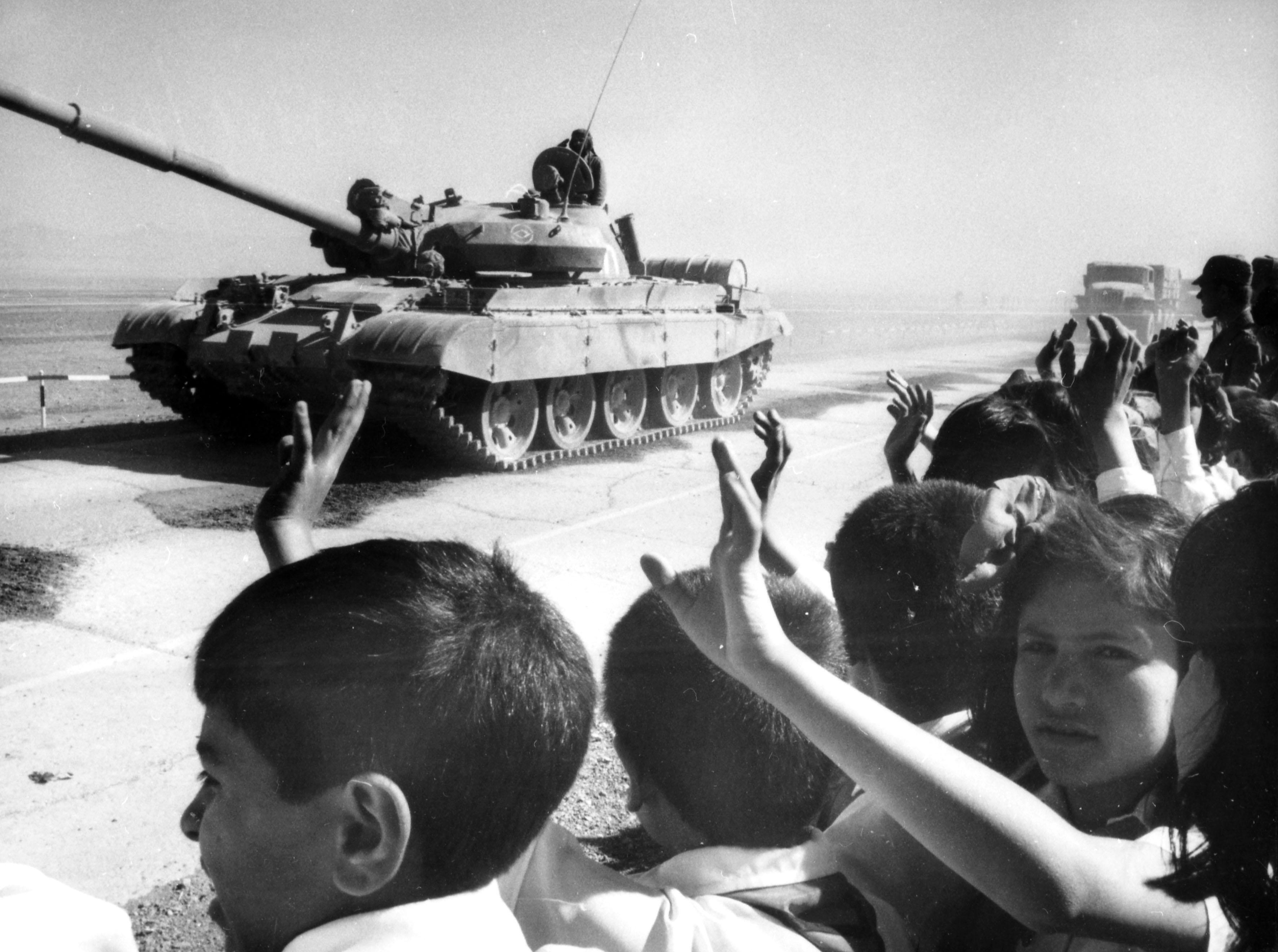
In 1992, a loose coalition of mujahideen parties defeated the government that the USSR had left in place. By 1994, however, these groups were in open conflict. Intra-mujahideen fighting destroyed Kabul and killed thousands of civilians. Despite the scale of civilian suffering, the United States and other backers of the jihad had moved on.
It was in this chaotic setting that a group of veterans of the jihad gathered in Kandahar province in southern Afghanistan. These men had spent their lives studying Islam in humble village schools and waging jihad, though they had not played leading roles in the struggle. In practice, though, this relative obscurity proved to be an asset. They could now point to the more celebrated mujahideen leaders as traitors who had betrayed the sacred duty of sacrifice for Islam.
Another strength was their access to a network of schools that dotted the Afghan-Pakistan borderlands. They drew upon the enthusiasm of a generation of students, many of them orphans, who studied and lived there. Charismatic teachers whose own lives blended study and fighting dominated these all-male environments.
Their curricula can be traced loosely to a nineteenth-century tradition established in the town of Deoband, in northern India, where Islamic scholars set out to “reform” Muslim practice to counter British influence. Yet, by the 1990s, these schools had developed their own pedagogy stamped by the long jihad.
In 1994, reports began to circulate that a new group calling themselves “Taliban” had begun to restore order and justice, punishing strongmen who had been tormenting the people. Its leaders were humble Muslim clerics or mullahs, typically not men of great prestige in Afghan society and, with very rare exceptions, not political leaders.
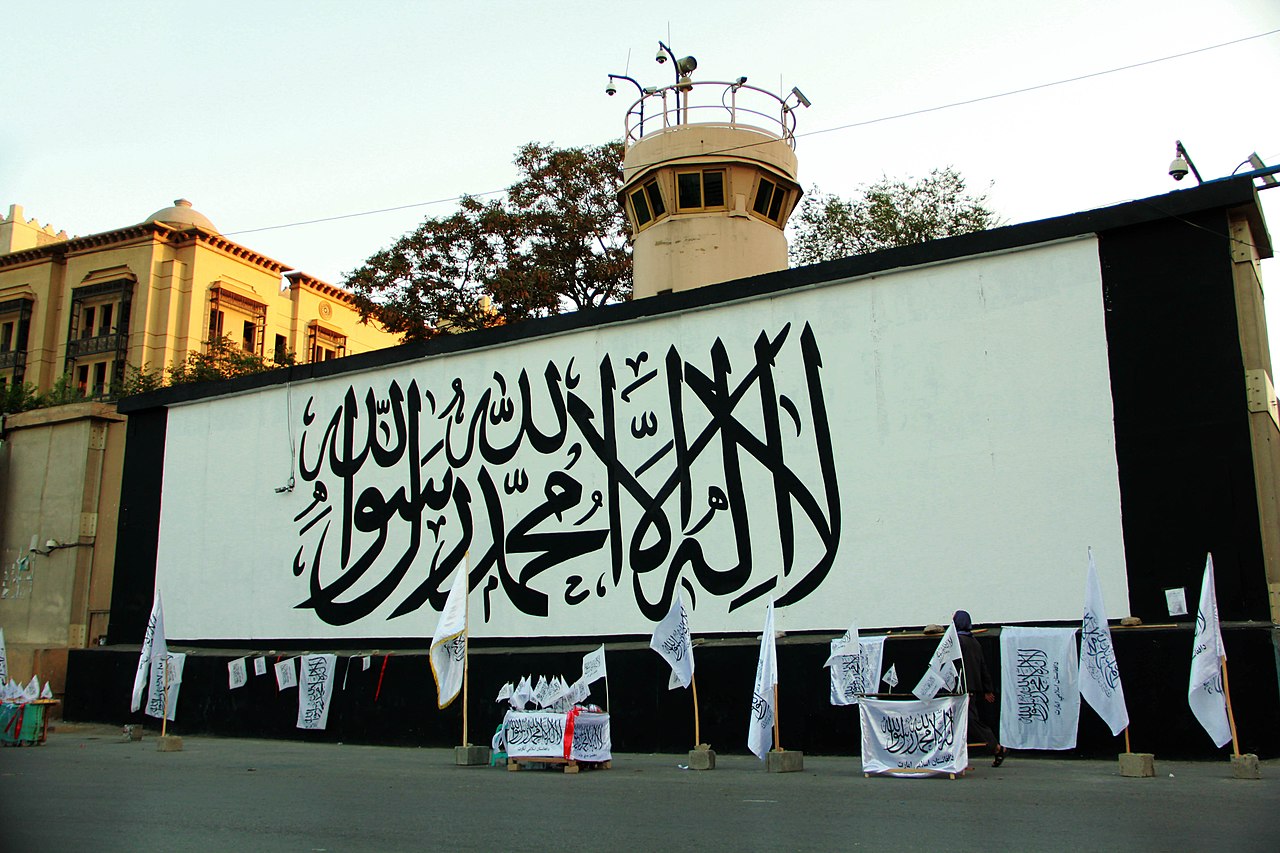
They chose their name carefully: they were taliban, seekers of religious knowledge, or students. The talib (the singular form) had long been a figure in Pashto literature among Pashtun communities straddling the Afghanistan-Pakistan border. The talib was a heroic character, dashing, courageous, pious, and poetic. He was born to sacrifice for truth and justice.
Accounts about their initial activities varied, but most focused on the Taliban rescue of girls (or, in some versions, boys) who had been abducted by local gangs inclined toward sexual abuse. This origin story is significant because it established the claim that the Taliban were different. They stood not just for order, but for morality, piety, and sexual propriety. The prospect of an Afghanistan where stability might be re-established and control wrested from local fiefdoms attracted a wide range of actors in and beyond Afghanistan.
This idea had a special attraction for those who saw Afghan politics through the lens of ethnicity and who lamented the decline of ethnic Pashtuns, many of whose leaders saw themselves as the natural masters of Afghan statehood. The Taliban seemed capable of uniting Pashtun communities who historically had been divided among numerous lines of descent. The Taliban could return them to a position of dominance.
That the Taliban might bring peace after more than 16 years of fighting and chaos also appealed to Pakistan. From the perspective of Islamabad, Pakistan had been on the front lines of this Cold War conflict and was unsettled by instability next door. Its elites worried that Afghanistan could become an ally of India, leading to the encirclement of Pakistan.
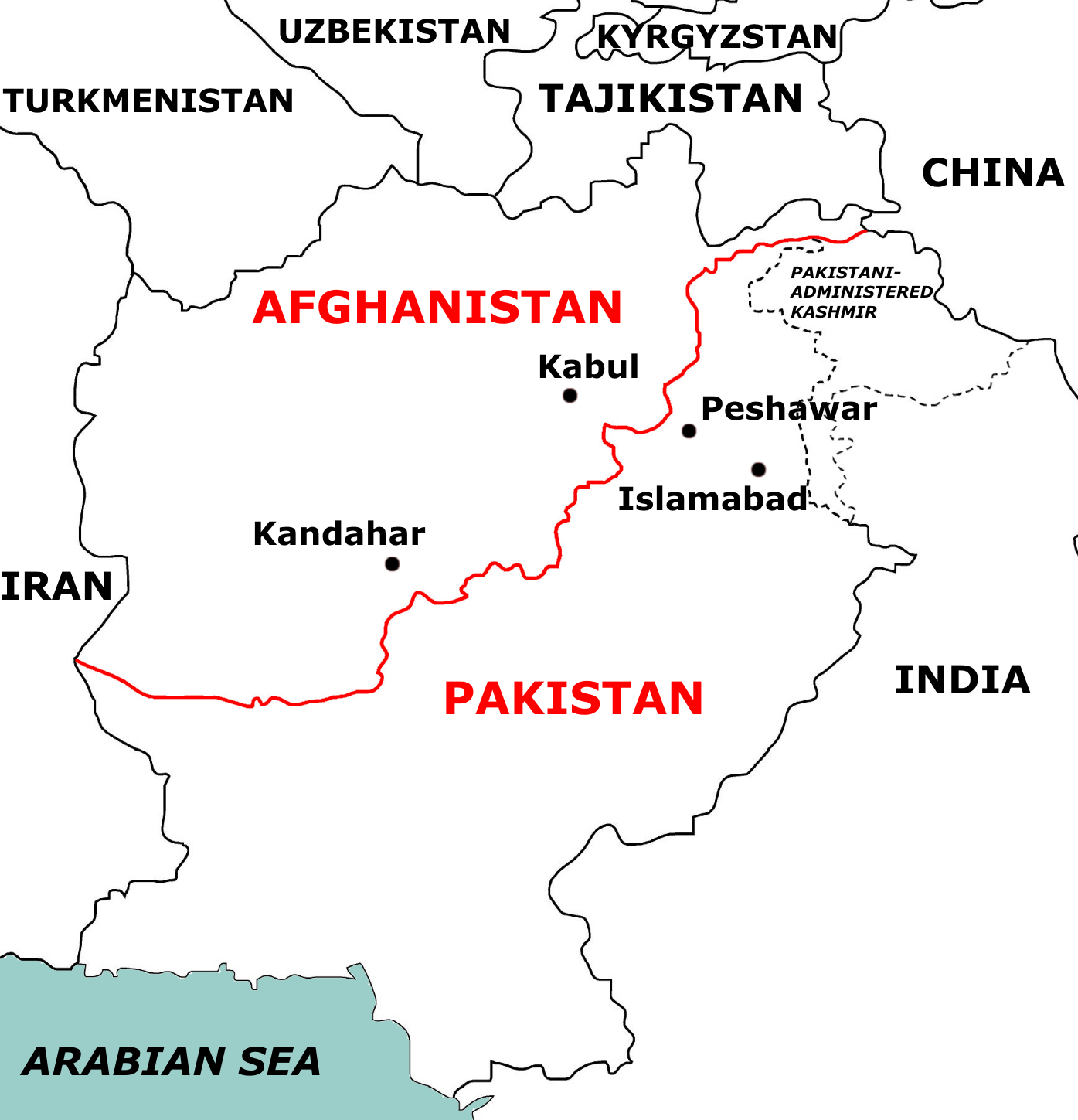
Additionally, since 1947, Afghan nationalists had challenged Pakistan’s borders. They asserted that the Indo-Afghan line drawn in 1893 by the British, which would become the Pakistan-Afghanistan border, was illegitimate, adding that the Pashtuns in areas claimed by Pakistan belonged to a greater Afghanistan.
Judged from this angle, the Taliban might steer a future Afghan government away from these controversies—and make it an asset for Pakistan against India. So as the Taliban swept across southern Afghanistan in 1994 and 1995, they rode in Pakistan-supplied Toyota trucks, fought with Pakistan-supplied weapons, and drew upon Pakistani logistical support and intelligence.
The Taliban were not just an Afghan issue.
The Emirate
By the end of 1996, the Taliban had seized control of some three-quarters of Afghan territory. In some areas, they fought a war of conquest, often singling out civilians who were members of the ethnic Hazara community for massacre. Their anti-Hazara animus became a hallmark of the Taliban phenomenon, linking its trajectory to the agenda of Pashtun supremacy and haunting Hazara communities with the specter of genocide.
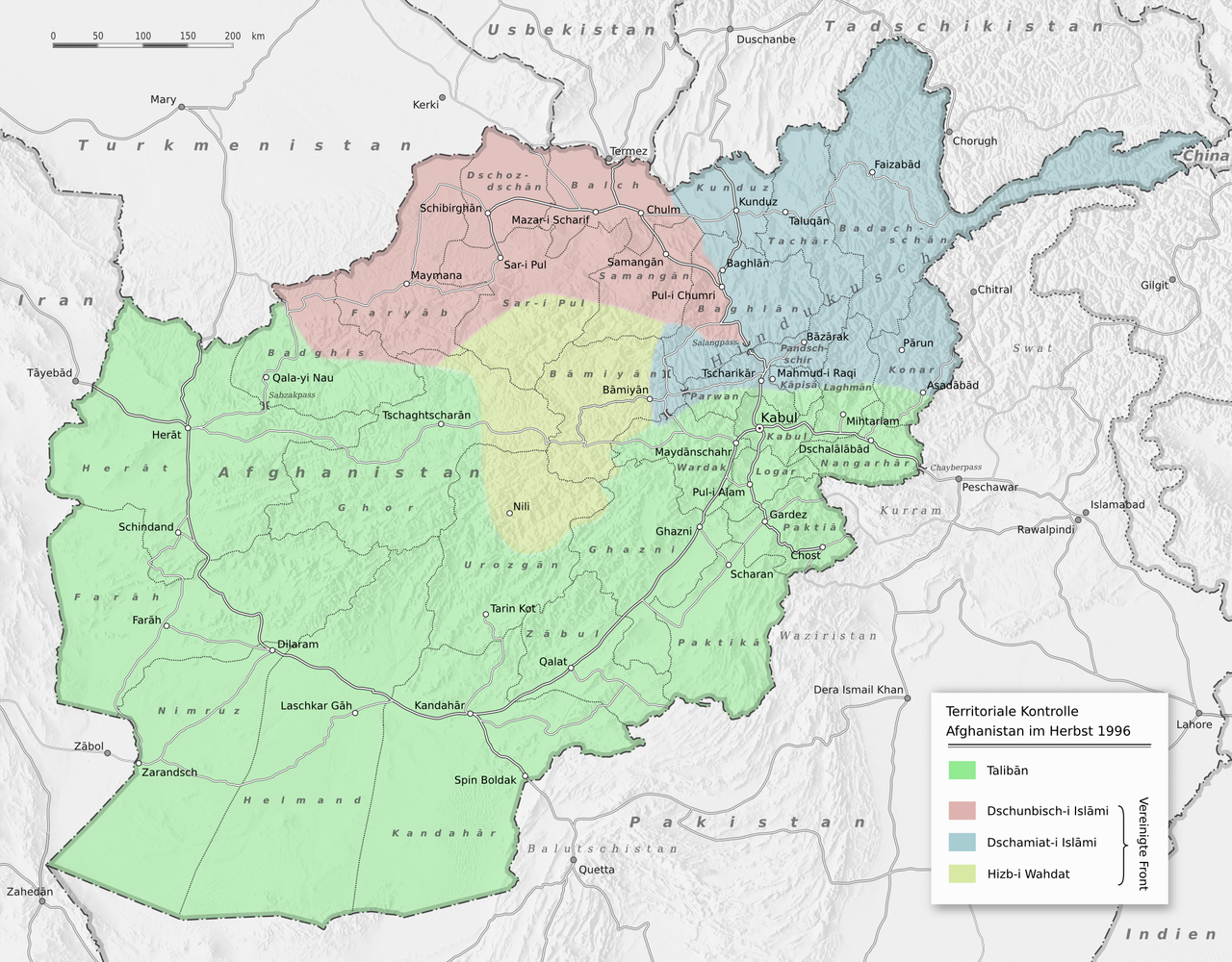
In other areas, though, Taliban emissaries negotiated a surrender without fighting. In both scenarios, the threat of force was central.
Once established in Kabul, the Taliban turned to ruling. They dubbed their government the Islamic Emirate of Afghanistan. Its head, Mullah Muhammad Omar, claimed the title “ruler of the faithful” (amir al-mu’minin) on the model of rulers from early Islamic history.
At a ceremony attended by hundreds of clerics at a shrine in Kandahar, he asserted a claim to this inheritance by placing his arms through a cloak believed to have been worn by the Prophet Muhammad himself.
The first emir was a potent symbol of the movement. Of modest family background and a veteran of the jihad, Mullah Omar established his seat of power in Kandahar. He remained untainted by Kabul, which ideologues and foot-soldiers alike had come to see as a debauched place. The presence of women on its streets seemed to confirm that this was a city contaminated by “unbelief.”
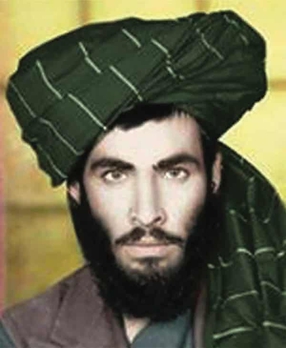
Mullah Omar oversaw a council of mullahs, many of whom simultaneously fulfilled the roles of government ministers in Kabul. But he stayed away from playing a visible role in the mundane affairs of this world. Apart from the ceremony with the Prophet’s cloak, he was rarely seen in public and almost never photographed.
Questions persist about the authenticity of the few extant photographs of him. His name, though, was omnipresent in the decrees that he issued to make his vision of Islamic norms the law of the land.
In keeping with the foundation myth of the movement, Mullah Omar’s decrees concentrated on “commanding good and forbidding evil,” establishing regulations for what he imagined to be a society modeled upon the original community of Islam.
In practice, Taliban patrols in Kabul and elsewhere employed violence to compel beards and mosque attendance and ban music and other entertainments, including kite-flying, bird-keeping, dog-fighting and other pastimes. This was a sinful society whose wayward conduct the Taliban sought to correct with whips, antennas, and guns. They shot televisions and hanged audio- and videocassettes from trees lining Kabul’s avenues.
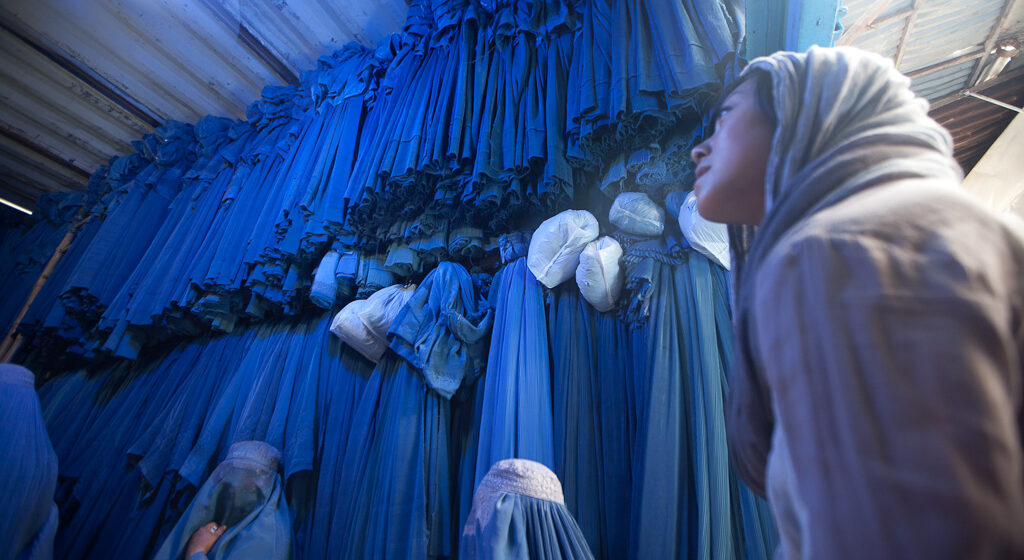
Most importantly, women were not to be seen. The light blue chadri (known in international media as the “burqa”) became compulsory. Nor were women to be heard. The sound of high heels clicking on the asphalt was forbidden because it could give rise to sexual passions among the righteous.
A few healthcare professionals were permitted to work in the ramshackle clinics that had survived the war. But other women, including thousands who were widowed without means to feed themselves and their children, could not work. Many girls’ schools went underground, while secular subjects were largely driven out of the institutions that managed to survive.
By early 1997, international opinion had split between critics of the human rights abuses of the Taliban and defenders who argued that they simply needed more time to stabilize an impoverished and war-torn country.
International energy companies lobbied for diplomatic recognition, hoping that they would facilitate the construction of oil and gas pipelines from Central Asia to the Indian Ocean. In 1997, a Taliban delegation accepted an invitation to tour the United States as guests of UNOCAL corporation. They visited Texas, Nebraska, and Washington, D.C.
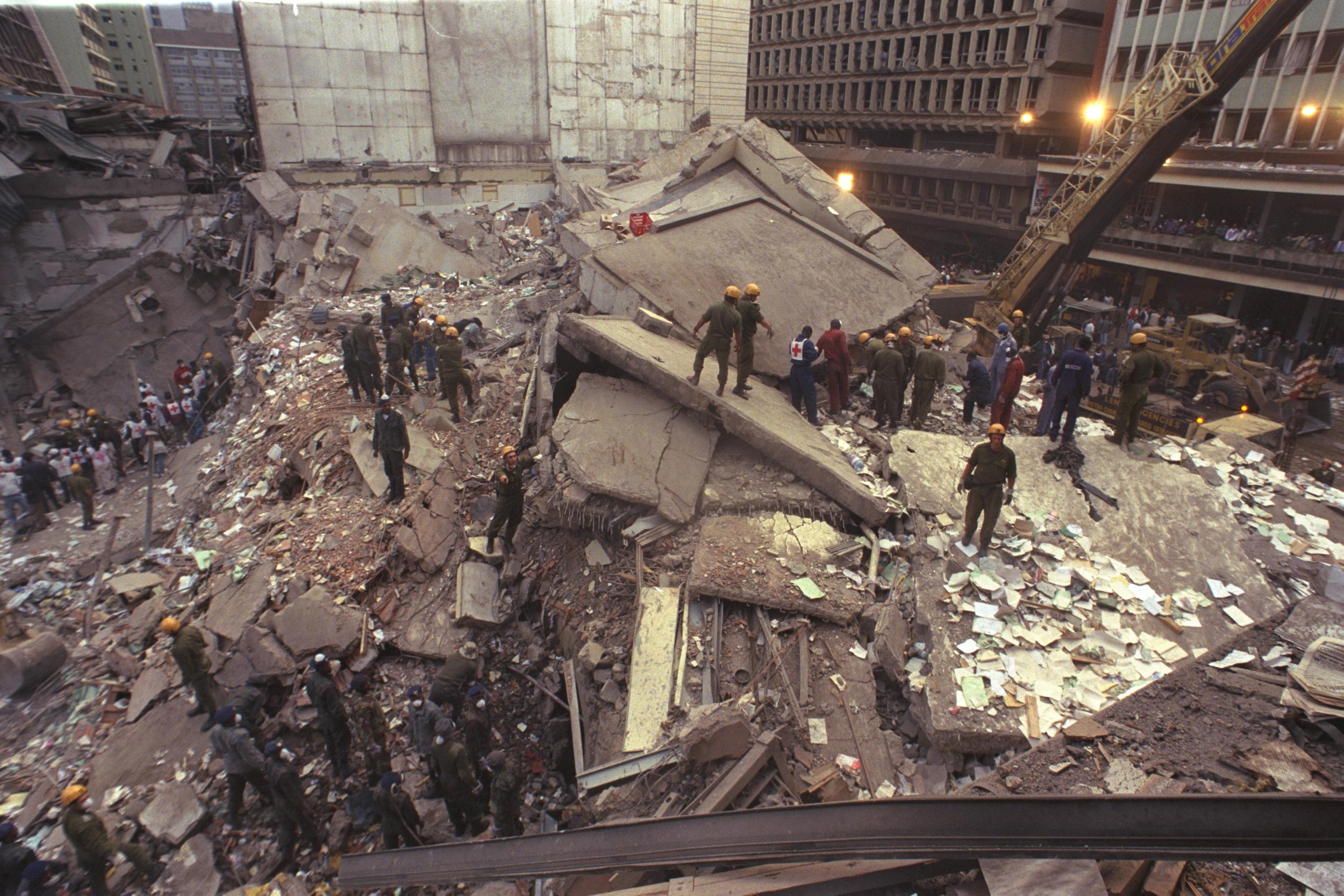
A number of U.S. officials saw the Taliban as a potential ally in the wars on drugs and terrorism. Besides ending Afghanistan’s status as the world’s leading opium producer, some hoped the Taliban might contain the Saudi militant Osama bin Laden, who in 1996 declared war against the United States from Afghanistan—an issue that became more urgent in 1998 when his organization, al-Qaida, bombed American embassies in Kenya and Tanzania.
Other governments went further: Pakistan, the United Arab Emirates, and Saudi Arabia offered diplomatic recognition and support. The Taliban’s most prized institution, their Ministry for the Promotion of Virtue and Prevention of Vice, apparently received funding from supporters in the Gulf.
The Taliban repeatedly refused to extradite bin Laden and, after September 11, 2001, this refusal led to confrontation with the U.S. The Taliban tried to stave off conflict with Washington and preserve their fidelity to their jihadist pedigree by proposing that an Islamic court or, later, a third country, establish Bin Laden’s guilt or innocence.
Even after the U.S. invasion began, Mullah Omar and others attempted to negotiate some face-saving solution to the dilemma posed by the presence of bin Laden in Taliban-controlled territory. Facing its own legitimacy crisis, the George W. Bush administration pressed on to destroy the Taliban completely.
The Seeds of Insurgency
The Taliban splintered between October and December 2001, while Washington backed Hamid Karzai, a United States-based exile, to set up a post-Taliban government. As Karzai made his way to the capital escorted by U.S. Special Forces, he issued amnesty to Taliban fighters, offering safety in exchange for surrender.
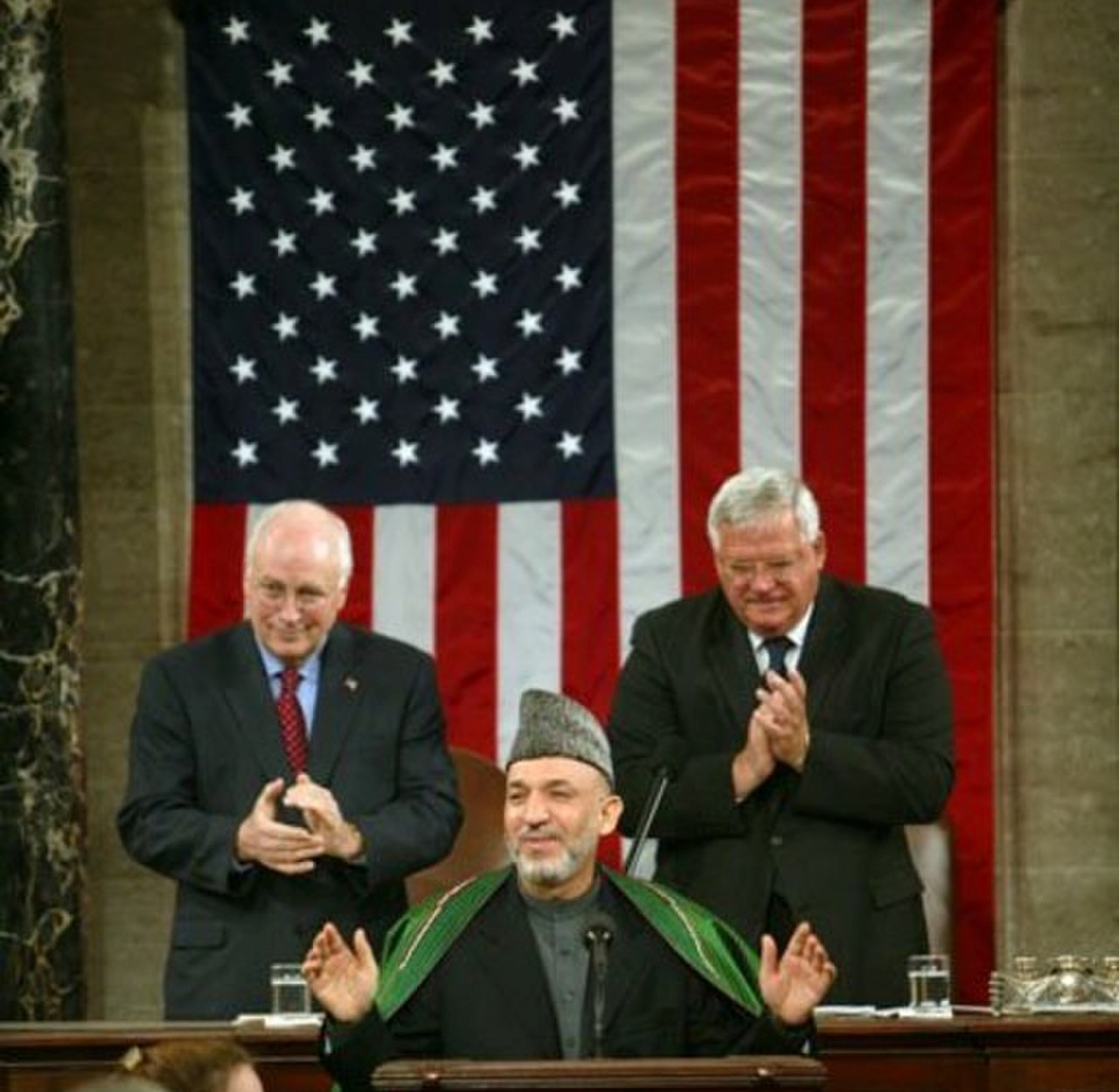
While many fled to Pakistan or melted back into rural communities, a number of rank and file as well as more senior figures surrendered in late 2001 and early 2002. Some hoped for inclusion in a mixed government including Taliban representatives.
But the Bush security team had other plans. The highest-ranking Taliban who came forward found themselves in CIA-run prisons. Several ended up in Guantanamo Bay, accused of aiding al Qaida in the 9/11 attacks. Many members of the rank and file languished in dungeons improvised by militia commanders allied with the United States. Thousands died there and in shipping containers in the desert.
In December 2001 the United States oversaw the formation of a government that excluded any Taliban. Afghans returning from abroad and mujahideen allied with the coalition assumed power.
Washington and its allies proceeded as if the Taliban had been defeated. In reality, their leadership had just relocated to Pakistan, from whence they launched an insurgency. The Taliban had not given upon on their vision of the emirate—a label they continued to use for themselves. Nor had Pakistan abandoned the notion that the Taliban could advance Islamabad’s interests.
Kabul and Washington remained dismissive of the movement, but it was soon clear that the Taliban were not a spent force. After the United States invaded Iraq and ignited an insurgency there in 2003, the Taliban adapted tactics from the Iraqi theater: suicide bombings, improvised explosive devices, and filmed beheadings all announced their continued potency.
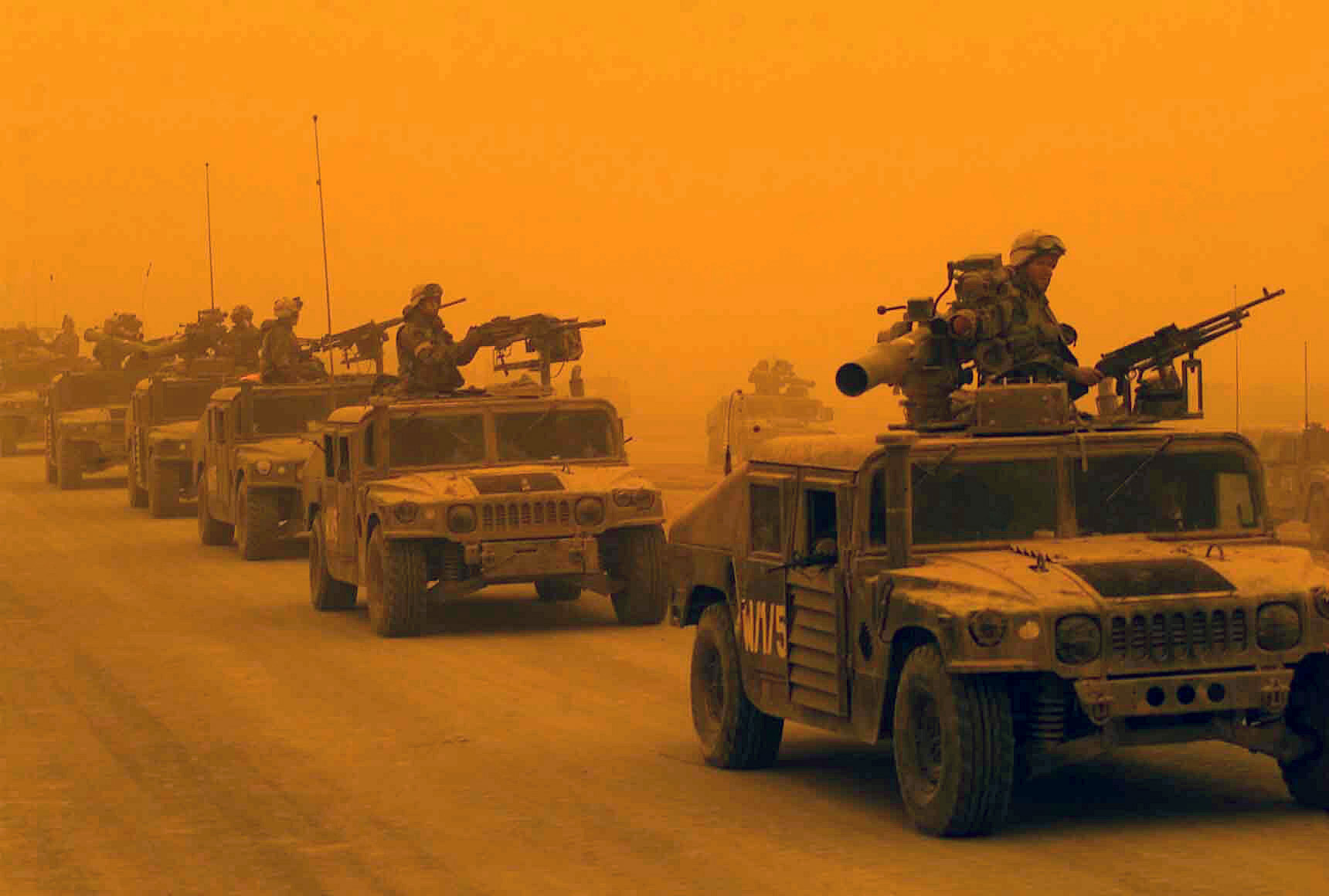
Nonetheless, intelligence experts insisted on the existence of divisions within Taliban ranks. They discerned “moderates” and “radicals” and competing camps of leaders based, for instance, in the Pakistani cities of Quetta and Peshawar. From 2011, they focused on a faction led by the Haqqani family, who launched large-scale attacks on sites in Kabul.
Despite these apparent divides, the leadership maintained a united front. Mullah Omar apparently died in Pakistan in 2013. But the world did not learn of it for two years. Strikingly, the movement survived what could have been a moment of disintegration. Riven by factionalism or not, Taliban elites simply continued to issue edicts in their original leader’s name.
In 2015, they appointed a new emir, Mullah Akhtar Muhammad Mansur, who took on the role until an American drone killed him in 2016. The Taliban then chose Haibatullah Akhundzada, the head of their justice system in the late 1990s, as emir. He remains their titular head, even though he has scarcely been seen in public since before the August takeover. His signature appears on an ever-growing list of their decrees. Ideological commitments, more than individual personalities or family dynasties, evidently drive the Taliban.
A State in Waiting
Unforced errors by the United States, NATO, and its Afghan partners helped spur the Taliban comeback. First, the killing of civilians, especially in areas where families were already entangled with the movement in complex ways, fueled Taliban recruitment.
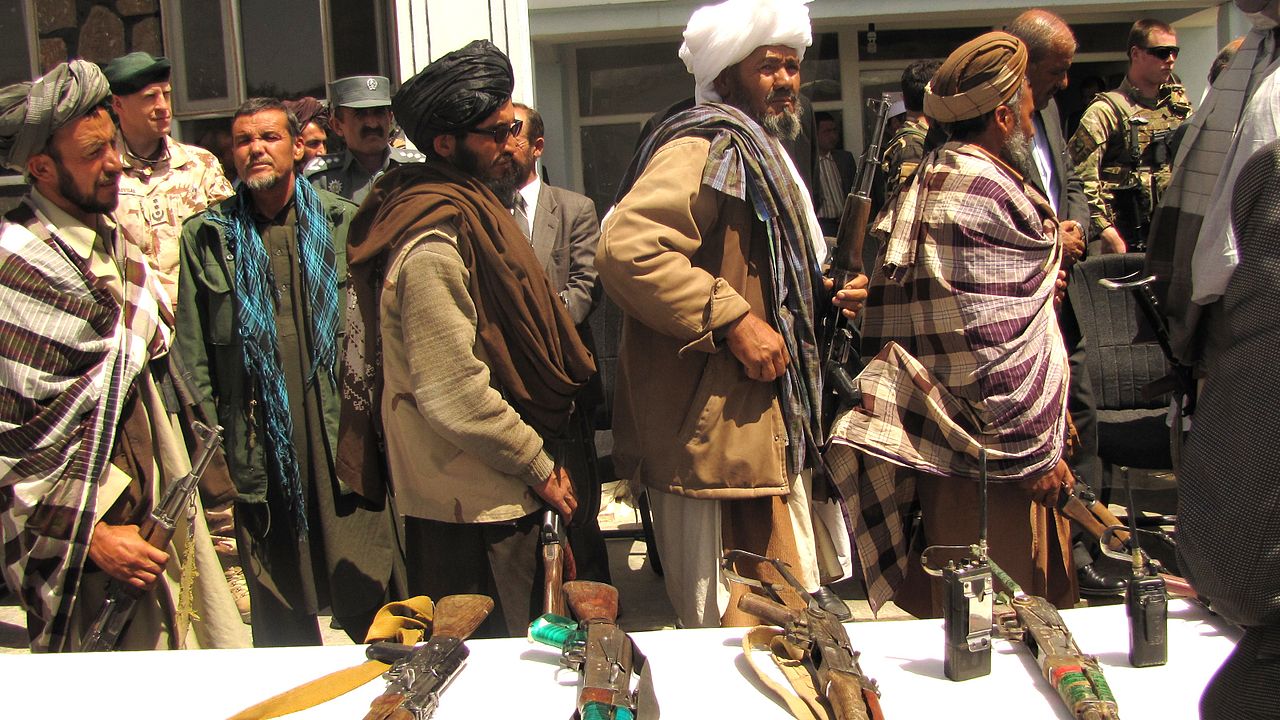
U.S. counter-insurgency experts claimed that those fighting on the side of the Taliban were no more than “$10-a day” fighters, effectively farmers seeking a wage. This was a spectacular misreading of the motivations of those who joined the movement. It neglected people who lived in terror of U.S. bombings and night raids and failed to take into account those for whom martyrdom in jihad meant the highest form of sacrifice.
Second, U.S. state-building efforts drove corruption. Afghan officials siphoned funds from government projects to coffers in Dubai and elsewhere. Many enjoyed impunity. Strongmen backed by the United States wielded unchallenged authority in locales they controlled. No one was safe. Rivals could be labeled “Taliban” and sent to a CIA “dark site” or simply murdered.
On a national level, the United States talked about building democracy. In practice, Washington undermined elections to ensure their favorites retained control of a highly centralized government, undercutting the credibility of alternatives to the Taliban.
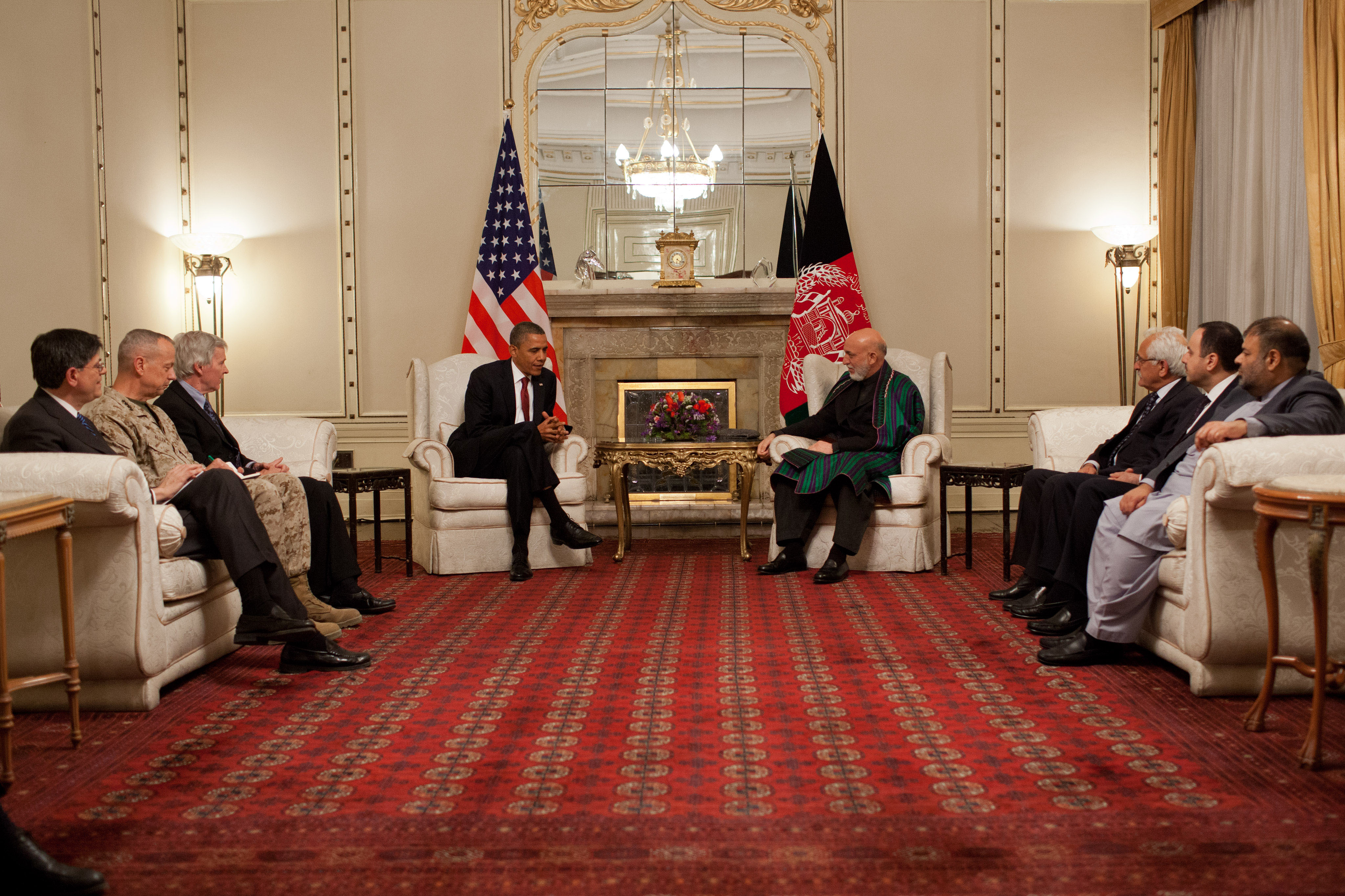
For their part, the Taliban proved adaptive. They emphasized their roots in the jihad of the 1980s and cast the foreigners as infidels and occupiers whose Afghan allies were “puppets,” the enemy’s “dog-washers.” Taliban leaders asserted that they were fighting on behalf of an Afghan nation victimized by foreign occupation. They claimed to be the voice of families whose children died in foreign bombings or shootings perpetrated during night raids that violated the sanctity of the family hearth.
In insurgent-contested areas that saw little foreign assistance, the Taliban found warm places to rest and eat before the next guerrilla operation and, often enough, a reserve of potential combatants. Many of the same districts that suffered horrific civilian casualties were inhabited by Pashtuns whom the Taliban promised to avenge. The Taliban explained the suffering of Afghans in general and Pashtuns in particular as the dark mischief of the forces of Satan and “unbelief.”
However, Taliban rhetoric did not end with a narrowly religious framing of the conflict. The Americans were simultaneously “occupiers” and “imperialists” plundering Afghanistan’s resources. Produced by modern forces, the Taliban had a modern vocabulary attuned not only to their conception of Islamic law but to notions of national sovereignty and anti-imperialism.
The Taliban turned human-rights critiques on their head by claiming that they were the victims and valiant guardians defending civilians—including innocent children—whom the enemy had targeted in what they claimed were “war crimes.”
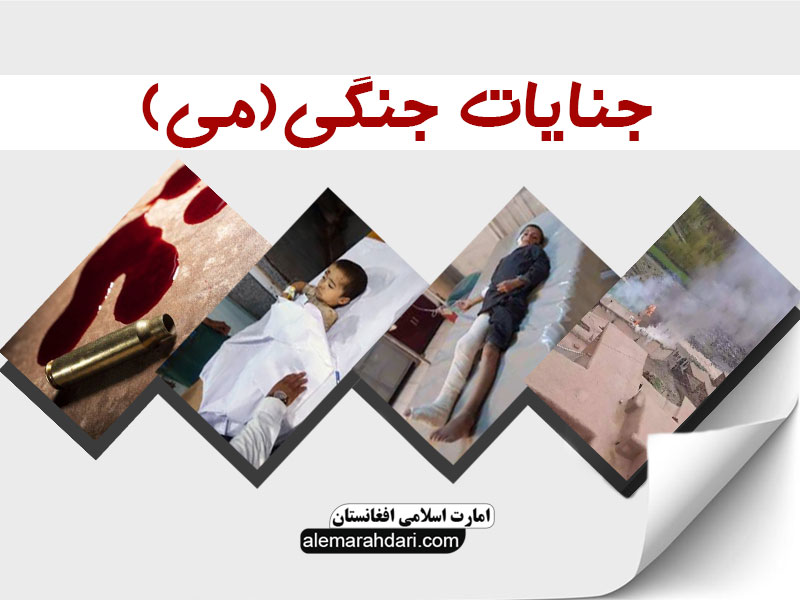
As the Taliban expanded their control from district to district, their appointment of shadow governors and shadow judges proclaimed the return of justice to a land misruled by corrupt and illegitimate exploiters. This presence—sometimes visible, sometimes underground—aimed at creating the impression that they were the only ones who cared about the common people.
While critiquing the occupiers and their Afghan allies, the Taliban advanced the notion that they were a legitimate state in waiting. They never accepted responsibility for failing to offer social services or a stable economy when in power in the 1990s. But their propaganda evolved to suggest that they had grown into a political organization that could function as a government.
The development of a modern communications apparatus was a crucial step. They published a website in the late 1990s but soon abandoned it, preferring radio and, to a lesser extent, print media.
As an insurgency, though, the Taliban graduated from a website that published communications in Pashto, Dari, Urdu, Arabic, and English to a spectrum of social media outlets. Their media even boasted of the formation of “commissions” in charge of assorted administrative duties that would be responsive to Afghan citizens, complete with a call line to register complaints. Today they rely on Twitter to reach a global audience.

Another goal was to show that they were not a ragtag guerrilla force but a proper military along the lines of modern states everywhere. They improvised uniforms for fighters whom they designated as commandos. Taliban media featured fighters parading and marching in tight formations, as in this photo.
Videos of special units engaged in carefully coordinated training exercises were meant to demonstrate discipline and professionalism. All these propaganda efforts clearly drew upon the example of foreign military training and propaganda.

Without losing focus on the centrality of jihadist imagery, Taliban media experts have highlighted their capacity to govern. The use of infographics, which combined the allure of modern design and the persuasive power of numbers, is one striking example.
Return of the Emirate
The Taliban claim to statehood received a major boost in February 2020 when the Trump administration negotiated an agreement with Taliban officials at an office they had opened years before in Doha, Qatar. Crucially, the negotiations excluded the Afghan government, which undercut its standing domestically and internationally. The agreement arranged for the complete withdrawal of U.S. troops, the release of some 5,000 Taliban prisoners, and an end to anti-Taliban sanctions.
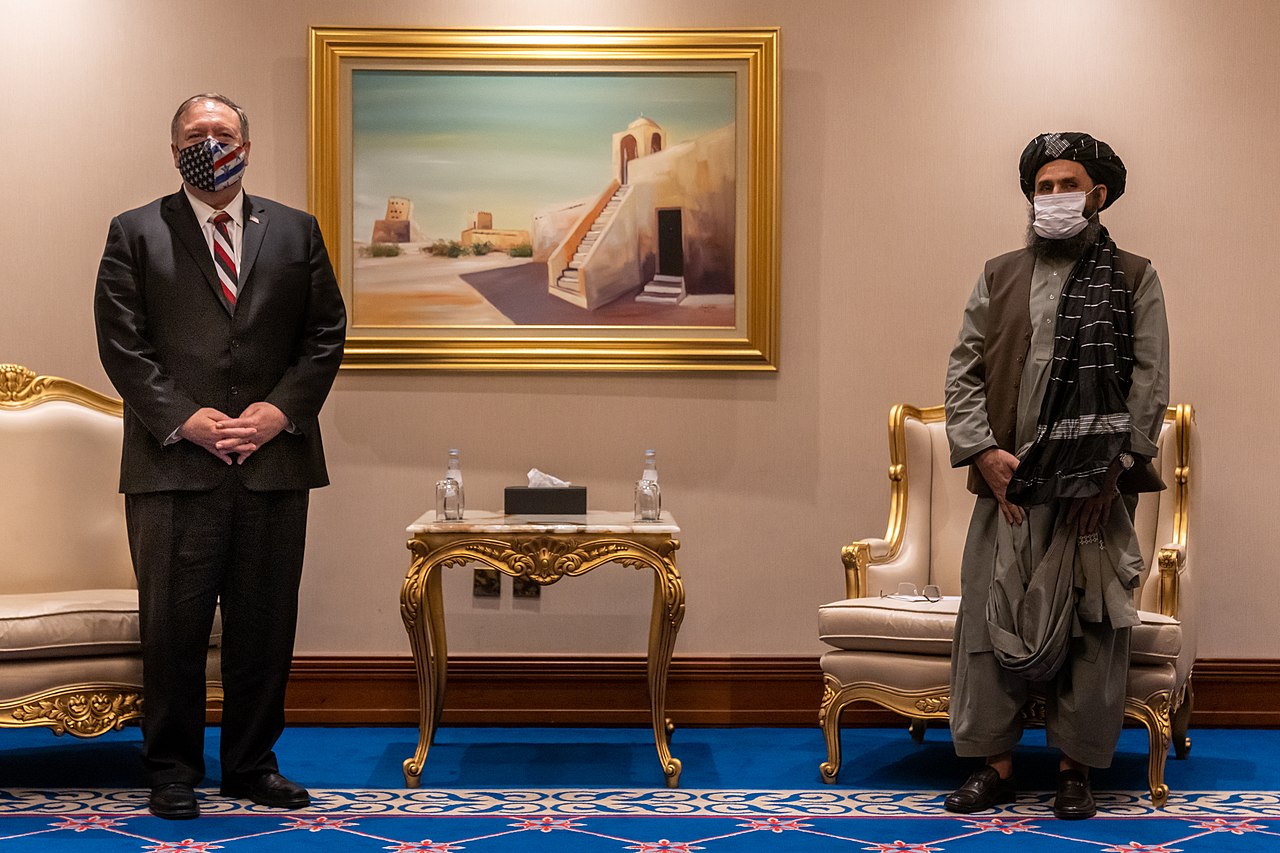
The deal also sent the clear signal that, for the United States at least, the future of Afghanistan lay with the Taliban. Following Washington’s lead, a host of regional powers followed up with their own meetings with the Taliban in Doha. In 2021, moreover, the Biden administration chose to retain the agreement.
With U.S. logistical support and air power off the table, the Afghan army was unable to perform the tasks its U.S. advisers had designed it to do. Meanwhile, an underground network of assassins and intelligence assets paved the way for a Taliban Blitzkrieg across the country.
The return of the emirate in August 2021 was thus the work of diplomats and foot-soldiers alike. The former were aided by a war-weary political elite in Washington as well as by regional elites who were more than happy to see the backs of the Americans. But we should not forget the essential role played by figures such as Sayyid Omar, whose martyrdom is celebrated in the image below from the Voice of Jihad, the official Taliban website.

Here a friend remembers him as “a cheerful youth, beautiful, patient, brave and fearless and truly enamored of the battlefield of jihad and martyrdom.” While keeping up with his study of Islam, he was consumed by “the fire of love and affection for jihad [which] was burning every day in his heart.”
Graced by brightly colored flowers suggesting the springtime of life, images acclaiming Sayyid Omar’s sacrifices are nearly interchangeable. In keeping with narratives of the bodies of martyrs remaining serene and fragrant – even radiant and picturesque, these photographs are a testament to the obligation the movement owes its martyrs.
Revisiting the history of the Taliban phenomenon offers a reminder that they are a product not just of Afghan history but of international politics. The Cold War was one crucial context, of course. But one must also consider the post-9/11 period of American hegemony that presented the Taliban with a lengthy list of grievances.
The American withdrawal left an open path for their return to power. In its final days, the United States found itself relying on Taliban authorities to provide safe passage to evacuate Americans.
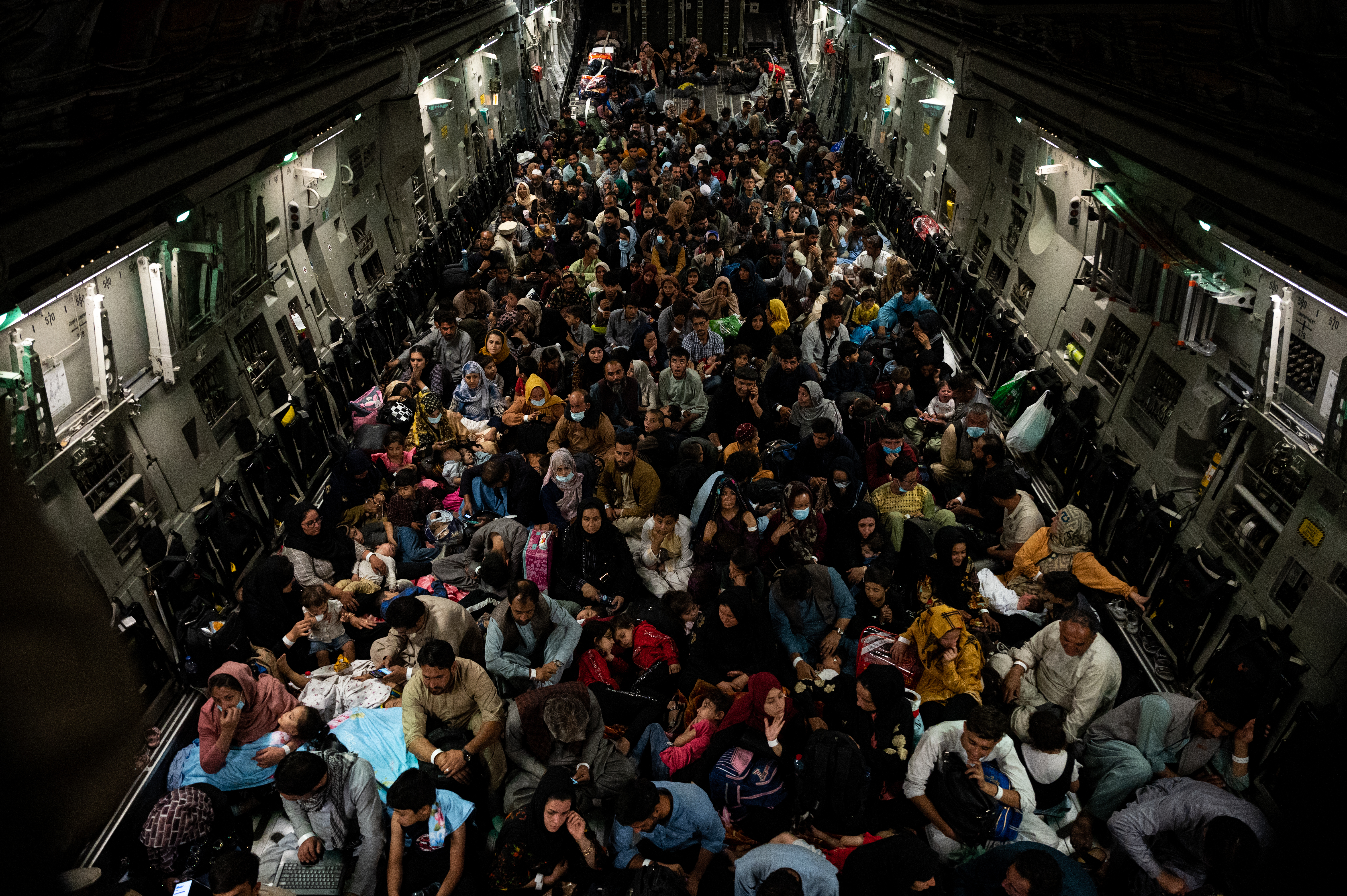
Paradoxically, twenty years after invading Afghanistan in the name of fighting terrorism, American generals offered plaudits to the Taliban for warding off attacks by another militant group that grew under American dominion: Islamic State – Khorasan Province, a local franchise of the Islamic State born in Syria and Iraq in 2014.
Afghan civil society, led by women, now confronts the Taliban alone, even as the effects of Taliban rule continue to be felt across the globe. Meanwhile, the country faces economic collapse and starvation, posing challenges beyond the capacity of a movement built for insurgency and for the forceful implementation of religious orthodoxy and gender apartheid.
“Afghanistan: Evidence mounts of Taliban reprisal arrests and killings,” BBC News, February 10, 2022
James Caron, “Taliban, Real and Imagined,” in Shahzad Bashir and Robert D. Crews, eds., Under the Drones: Modern Lives in the Afghanistan-Pakistan Borderlands
Robert Crews, Afghan Modern: The History of a Global Nation
Robert D. Crews and Amin Tarzi, eds., The Taliban and the Crisis of Afghanistan
Jan-Peter Hartung, “Between a Rock and a Hard Place: The Ṭālibān, Afghan Self-Determination, and the Challenges of Transnational Jihadism,” Die Welt des Islams 56 (2016): 125-152.
Human Rights Watch, “Afghanistan: Taliban Deprive Women of Livelihoods, Identity,” January 18, 2022
Sitarah Mohammadi and Sajjad Askary, “Afghanistan: The Hazara dread,” The Interpreter, September 24, 2021
Wazhmah Osman and Helena Zeweri, “Afghan women have a long history of taking leadership and fighting for their rights,” The Conversation, October 11, 2021
Thomas Ruttig, “How Tribal Are the Taliban?” in in Shahzad Bashir and Robert D. Crews, eds., Under the Drones: Modern Lives in the Afghanistan-Pakistan Borderlands
Ahmad Rashid Salim, “The Taliban vs. Global Islam: Politics, Power, and the Public in Afghanistan,” Berkley Forum, November 3, 2021
Alex Strick Van Linschoten and Felix Kuehn, eds., The Taliban Reader: War, Islam and Politics
Abdul Salam Zaeef, My Life with the Taliban

